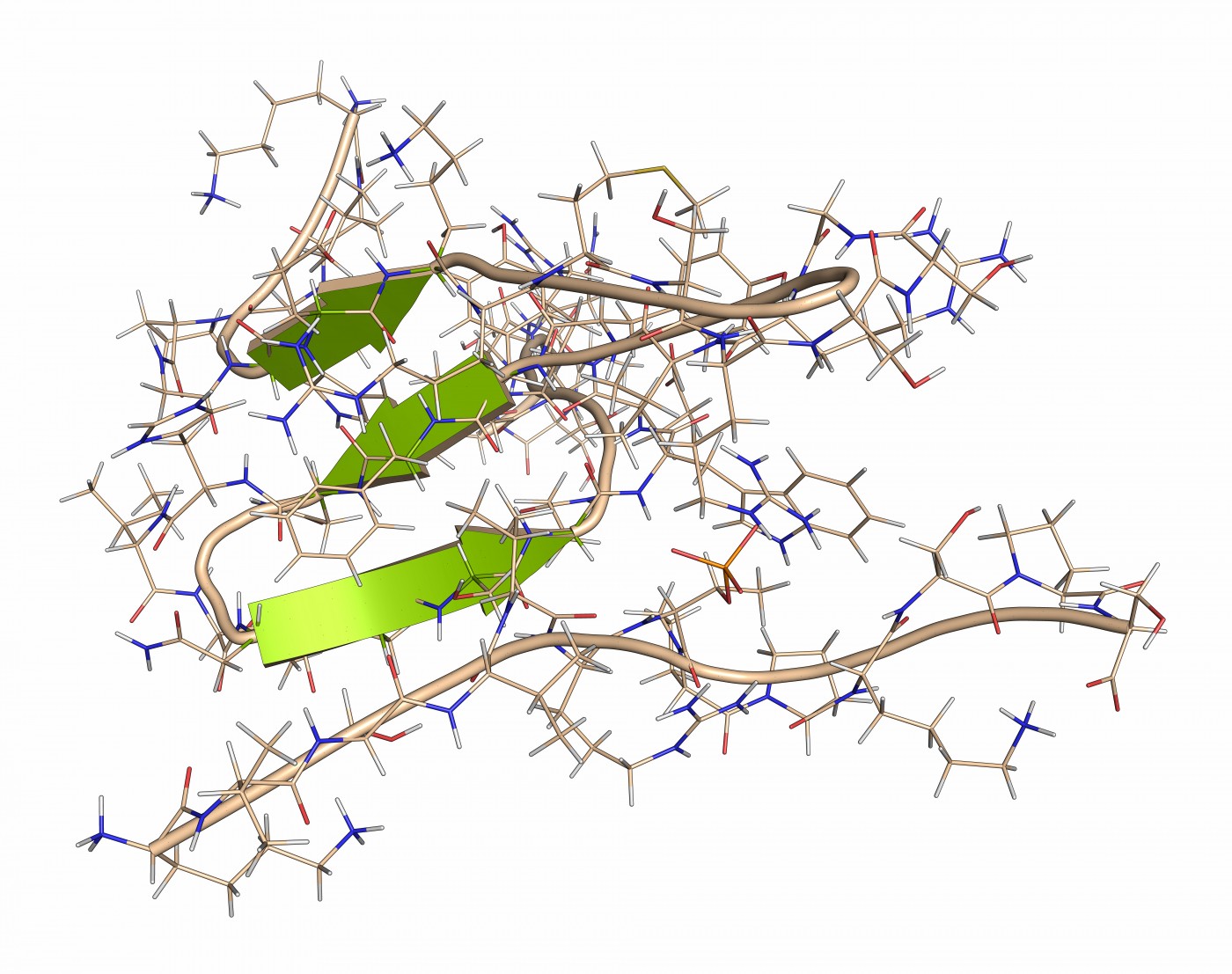Tau Protein Turns Toxic and Clusters Under Chronic Cell Stress, Study Finds
Written by |

A new study reveals how tau protein drives the formation of stress granules, intended to allow neurons to adapt to stressful conditions, like an injury, during brief periods of time. Findings in the journal Cell Reports show that if stress persists, the tau-stress granule complex does so as well, clustering into the toxic aggregates that promote neurodegeneration in Alzheimer’s disease. But the process can be prevented, raising hopes of a new target for Alzheimer’s treatment.
“Scientists have known for a long time that during disease, tau protein gets modified, changes its location in nerve cells and then aggregates,” Benjamin Wolozin, the study’s senior author, said in a press release. “The nerve cells do this in order to stimulate the formation of stress granules, which help the cell to adapt under stressful conditions. Stress granules instruct the cell to divert energy toward making protective proteins and away from making specialized proteins, which are less necessary during stress.”
As part of the stress reaction, tau protein migrates from its usual location within the nerve cell axon — used for sending nerve signals to other cells — and into the cell body, where it takes part in stress protection by interacting with the stress granules and an RNA binding protein called TIA1. “Surprisingly, the association of tau with stress granules also caused tau to cluster,” said Wolozin, a professor of pharmacology and neurology at the Boston University School of Medicine.
While this mechanism seems to be intended to protect from transient stress — the complexes often resolve quickly — the study, “Interaction of tau with the RNA-binding Protein TIA1 Regulates tau Pathophysiology and Toxicity,” shows that chronic stress has quite the opposite effect. Such stressors, in the form of accumulated amyloid-beta (a main feature of Alzheimer’s), lead to persistent accumulation of the stress granule complexes with tau. The excessive buildup of these clusters eventually becomes toxic to the cell.
The research team demonstrated that by reducing the levels of one of the complex proteins, TIA1, tau aggregation — and neuron degeneration — could be prevented. As the work was done in cultured cells in the lab, the team now plans to test the viability of the findings in animal models of Alzheimer’s disease.
“While still in its early stages, this work points to entirely new approaches to treating Alzheimer’s disease,” Wolozin concluded.





